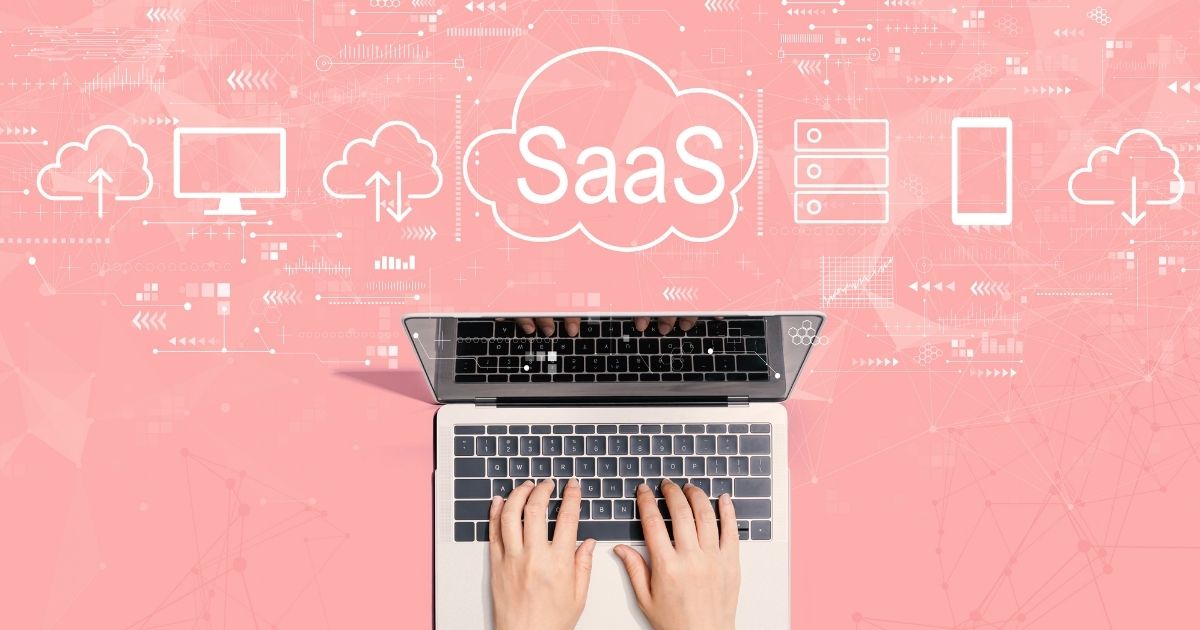First, make one point clear: multichannel and omnichannel are not the same thing.
- Multichannel means a company uses multiple platforms—like phone, email, chat, and social media—but each operates separately. The channels exist, but they don’t really talk to each other. So customers can explain the issue all over again.
- Omnichannel customer service, however, connects everything. It creates a seamless flow of information across every channel. Customers can bounce from chat to video to voice without repeating themselves, and agents see the full conversation history no matter where it started.
Modern customers expect to text you, call you, and video chat via every platform they use— all without repeating themselves once
That is Click2Connect was built for.
Start Free Trial and create your omnichannel system with one click.
In this article we’ll explain why omnichannel support matters and how to build it. Keep reading—unless looking like a fax-era company in a FaceTime world is your thing.

Why is a Single-Channel Approach No Longer Enough?
Microsoft is saying that 90% of consumers expect consistent interactions across channels.
There was a time when a support phone line was enough.
Then came the email.
Then live chat support.
And now, customers are engaging on messaging apps, social media, video customer support—you name it.
And a single-channel approach that just doesn’t cut it anymore.
Because customers don’t think in terms of “channels.” They just want their issues resolved quickly and smoothly, on whatever platform is convenient at that moment. They don’t want to re-explain everything. They expect continuity.
But, sticking to a single or siloed approach;
- causes friction,
- wastes time, and
- kills the customer experience.
Believe it or not, the quality of your product or services is measured by the quality of customer service. Because 80% of customers say the customer service a company provides is as important as its products or services.
The Power of Omnichannel Support: Benefits for Businesses & Customers
PwC: 86% of buyers are willing to pay more for a great customer experience.
Omnichannel customer service means a unified system that tracks the customer’s journey.
For Customers:
- Consistency: No need to repeat information when switching channels.
- Convenience: Choose the most comfortable communication method.
- Speed: Faster resolutions by using the right channel at the right time.
For Businesses:
- Improved Efficiency: Centralized data and workflows reduce duplicated efforts.
- Stronger Engagement: Personalized experiences keep customers coming back.
- Better Insights: Unified analytics across all channels reveal trends and pain points.
Having an efficient omnichannel is also good For Agents. It makes life easier for support teams. Their workload and stress levels decrease, and both agent and customer engagement increase.
At the end of the day, omnichannel customer service is a Win-Win-Win approach.
One for Customer🍎, one for Business🍎, and one for Agents 🍎
Key Components of a Successful Omnichannel Strategy
Creating an effective omnichannel strategy is about designing an integrated system with the customer experience at the center.
- Unified Customer Profiles
You need a shared customer view across all touchpoints. Whether an agent is answering a voice call or responding to an email, they should see the full history. - Channel Flexibility
Let customers move between chat, messaging, voice, and video customer support without disruption. That’s the hallmark of true omnichannel customer service—not just multichannel. - Centralized Ticketing and CRM Integration
Your systems should talk to each other. When support and sales platforms sync, teams can deliver better service and follow-ups. - Agent Training
Agents need to be trained not just in tools, but in understanding customer context and switching tones between channels. - Real-Time Analytics
Live dashboards and reporting across all platforms help you spot issues early and optimize the customer journey.

How Click2Connect Enables Seamless Omnichannel Communication
Click2Connect is a platform built for today’s customer expectations. Key features of their omnichannel service include:
🎥 Video Calls: Real-time video customer supports are so smooth, it feels like teleporting to your customer’s screen.
💬 Chat: Chat with customers instantly and juggle multiple questions like a pro.
📞 Voice Calls: Inbound and outbound calls—no phone lines needed.
🧩 All-in-One Widget: All your channels in one handy website widget.
📊 Advanced Reporting: Tracks performance with simple, clear reports.
👥 Agent Management: Tools to manage and track agent performance.
🎧 Recording: Records calls for training and quality checks.
Whether a customer kicks things off in-app, hops into a video call like it’s 2030, or casually follows up with an SMS—Click2Connect has eyes on it all.
Get a Quote or Schedule a Meeting Now.
Case Studies: Brands Winning with Omnichannel Support
When companies want to increase revenue, they offer omnichannel customer experiences, which increase customer engagement.
Sephora uses an omnichannel strategy that connects in-store experiences with digital platforms. Their app allows customers to try on products virtually, check availability in nearby stores, and get support via live chat. This seamless experience contributed to a 75% increase in mobile orders.
Disney integrates its online, mobile, and in-person experiences. Guests use the My Disney Experience app to plan trips, access park maps, make reservations, and interact with support. The MagicBand wearable ties it all together, offering frictionless experiences across channels. Imagine the customer engagement!
Bank of America offers consistent service across its app, website, ATMs, and branches. Customers can start a loan application online and complete it with a banker in person. Their Erica chatbot also handles over 1 billion interactions annually, improving accessibility and satisfaction.
As you can see, companies are crystal clear about two things: first, developing their omnichannel strategies; and second, naming AI tools after women.
Final Thoughts: How to Get Started with Omnichannel Service
Adopting omnichannel customer service isn’t about flipping a switch—it’s about evolving how your business thinks about communication.
🏃🏻♀️Start here:
- Map the customer journey. Identify where and how your customers prefer to connect.
- Choose the right tools. Look for platforms like Click2Connect😬 that support integrated channel management.
- Break down silos. Ensure data flows freely between teams and systems.
- Train your team. Equip agents with both the tools and the customer context.
- Measure and adjust. Track performance, collect feedback, and improve continuously.
🧐Key Takeaways:
- Oh, surprise! Customers want a smooth experience across all platforms.
- Chat, video, voice, messaging—all together now. It’s like customer service Avengers, but less dramatic.
- Nail your omnichannel game, and voilà: better experience, faster service, and a team that doesn’t hate their lives.
If you need a service for implementing an omnichannel approach effectively.






